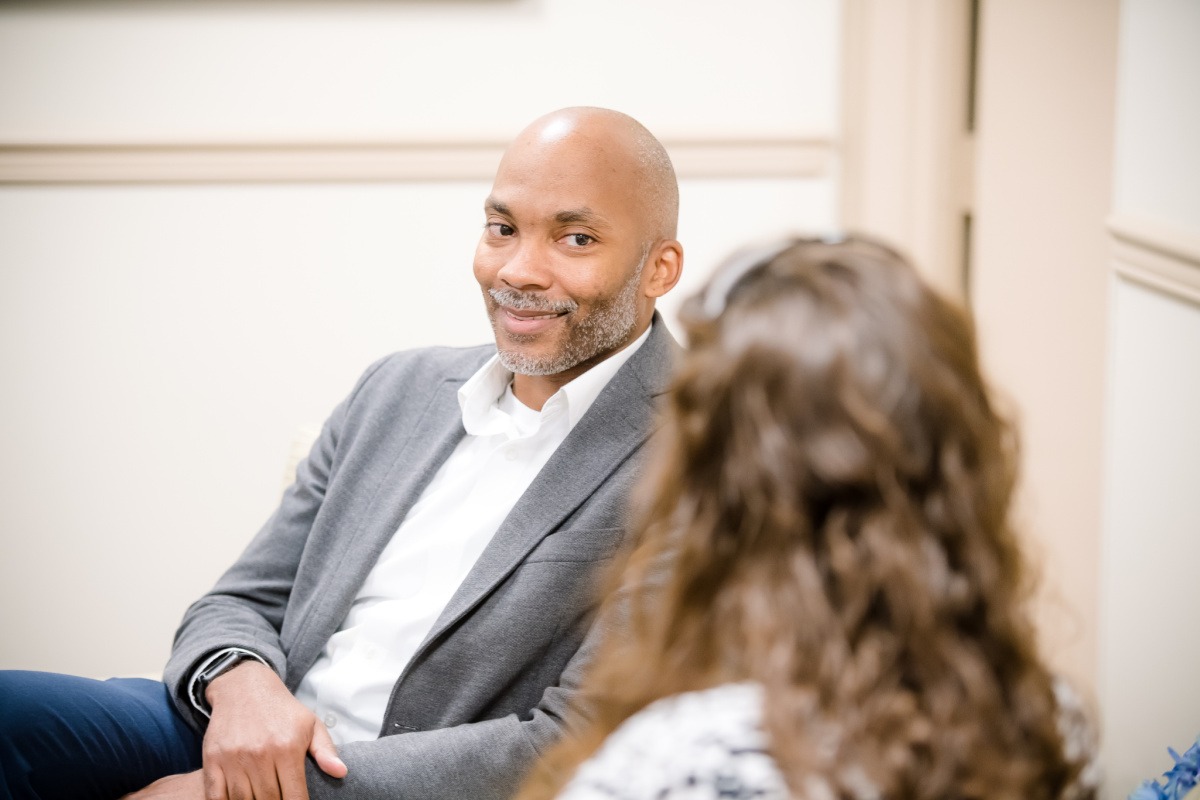The value of employee stories for your employer brand
We break down the value of employee stories for your employer brand and why you should champion an employee story project in your organization.
What investment increases employer brand awareness, helps define your culture and unique value proposition, targets specific talent, and gets your leadership excited and ready to fund?
An employee story content project accomplishes all of that and more.
The best recruitment marketing content is grounded in employee stories. It’s what is definitely true: you can’t argue with someone’s experience. And what your company has done to improve the personal and professional lives of your employees is powerful, memorable and engaging marketing content.
More than just testimonials, employee stories give candidates real insight into jobs they may have and the culture they’ll experience if they join your company.
And that’s what candidates are searching for when they visit your channels.
Employee stories are essential for recruitment marketing and employer branding
Creating recruitment marketing and employer branding content based on employee stories is a good place to start for a win, especially on your first effort where you’re still establishing trust with leadership.
And it’s an easy decision because all the ways you could start, lead to employee stories. Employee story content fuels everything you’re trying to do in employer branding and recruitment marketing. You’re going to need recruitment marketing content no matter what, eventually.
You’ll need it for your employer brand journey
It’s true that crafting a true and compelling overarching employer brand story, sourcing perspectives that give culture and job clarity to candidates, and creating engaging content throughout the candidate journey is only part of employer branding and recruitment marketing.
But, employee stories are essential throughout your entire employer branding journey, in your branding and marketing strategy and through activation and distribution. The employee stories you uncover will inform your overarching messages. The content you create will also ground it with real examples.
You’ll need it throughout the candidate journey
Employee story content can be used throughout the entire candidate journey, from awareness to consideration to closing. And when you get really great at storytelling, you can switch up your style to better serve your audience by catering to where they are.
For example, shorter story content through ads or social media is meant to grab attention and increase awareness of your brand. But once candidates are on your career site or enter an interview process with you, they are in consideration phase, where they need longer and more substantive story content to learn more about you. In consideration phase, they are trying to picture themselves in that job, at your company.
Employee story content can fuel every stage of the candidate journey, too.
You’ll need it for every candidate-facing channel you’re building
And, ultimately, employee story content will fill your organic and paid channels, and flesh out your career site where there may be an absence of compelling content. Content fills and fuels many employer branding solutions, like slick career site platforms, chatbots, Glassdoor pages, and more.
Extended organizational reach
You can use stories to engage and re-engage employees
In fact, you can further extend your content after candidates have joined your company.
Employee stories are great for onboarding, reinforcing values, recognizing employees, and re-engagement and referral campaigns.
You can share the cost among departments, who also need this content
Employee story content can be used by multiple stakeholders in your organization. Customers, investors, and alumni also care about how organizations are supporting their people.
Your employee story content project can connect to organizational DEI initiatives
If diversity and inclusion is already a focus within your company, candidates and employees will need employee story content to back up its progress, as well as its plans.
Diversity and inclusion leaders use employee stories internally to illustrate important concepts like equity, belonging and allyship, as well as connect employees to colleagues who aren’t like themselves.
It’s also the simplest employer branding concept to “explain” to leadership
In its most basic form, you’re asking to create content that will communicate your culture. Most people have seen a “culture video.” And you can show examples of the types of companies whose culture most matches yours. That’s an easy way to get your leadership envisioning the final output.
But, for recruitment marketing efforts, it’s not just one video you need. It’s a suite of content, a library, a video series, campaign assets. It’s a storytelling project.
Your leadership understands that stories can educate, influence, emotionally impact, and entertain an audience. While its power is acknowledged, using it as a way to accomplish business objectives is less clear. Storytelling has become a corporate buzzword and lost its meaning, because of how accessible and ubiquitous the concept of a story is.
Now, all you need is help building your business case for your employee story project. The resources in our ebook are just the ticket!
Our ebook shows you how to communicate the ROI of the employee story projects that are essential to your success. Plus, inside you’ll find special resources for communicating your needs and making a case for your project, like a custom ROI calculator and presentation deck template for presenting to leadership.

